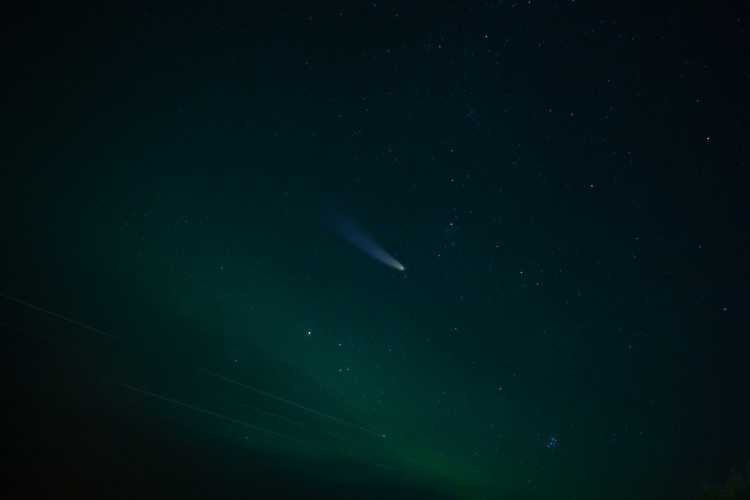A shocking new report for the closest Earth flyby of an asteroid has been set after an object named 2020 VT4 got too close, missing our planet by 250 miles. The flyby, which took place Friday the 13th, wasn't detected until after it had already passed.
The asteroid is quite small, between 5 and 10 meters in diameter, but the shockingly close pass to our planet was enough to make astronomers pause. The rock came so near to our planet that it traveled not only just beyond the orbit of the Moon but actually beyond the orbit of several man-made satellites.
2020 VT4 swooped past Earth at such a narrow distance that even the International Space Station was farther away than the rock at its nearest approach. The space rock made its way on Nov. 13, and although it could have threatened satellites orbiting our planet, it did not appear to have caused any damage and passed safely.
2020 VT4 set a new record for near asteroid passes, close to any space rock that did not actually enter Earth's atmosphere and become a meteor. As you might imagine, the rock's flyby through Earth literally influenced it in a very drastic manner. Based on measurements of rock after passing through Earth, the gravity of our planet changed the trajectory of the space rock and reduced the Sun-centered orbital period from approximately 1.5 Earth years to 0.86 years.
This is also a problem with asteroids that conduct near-misses of Earth. Dodging a collision is fine, but if the object travels near enough to Earth without touching it, it will make the subsequent passes even more uncertain, causing scientists to recalculate their course to project whether or not the rock will be a threat in the future.
What's a bit scary about the 2020 VT4 is that it wasn't observed until it flew by Earth. Owing to how close it was, a collision with a satellite, or much worse, the International Space Station would have been disastrous. The small size of the asteroid, and others like it, makes it impossible to detect them well in time, but in this situation, we seem to have had good luck on our side.
As observing technology becomes rapidly developed, astronomers can detect smaller and smaller space rocks and predict their trajectories more accurately. In the future, space rocks like the 2020 VT4 can be detected way in advance of an unexpected flyby.




